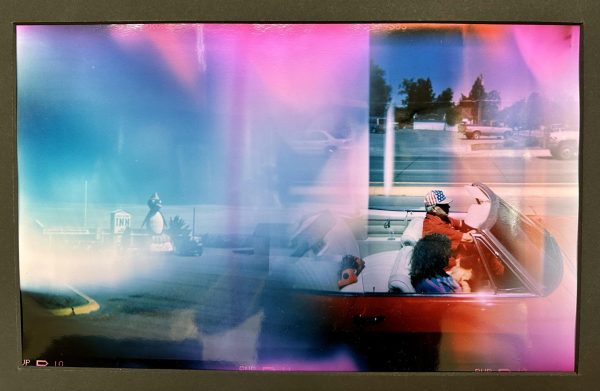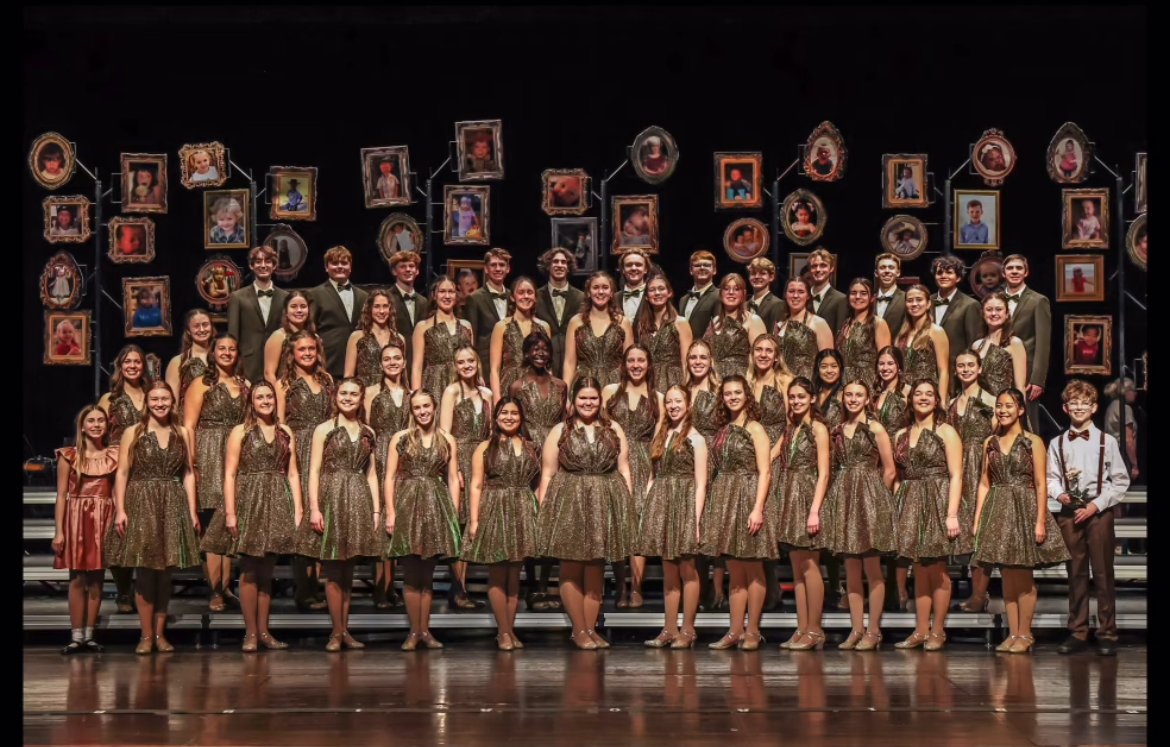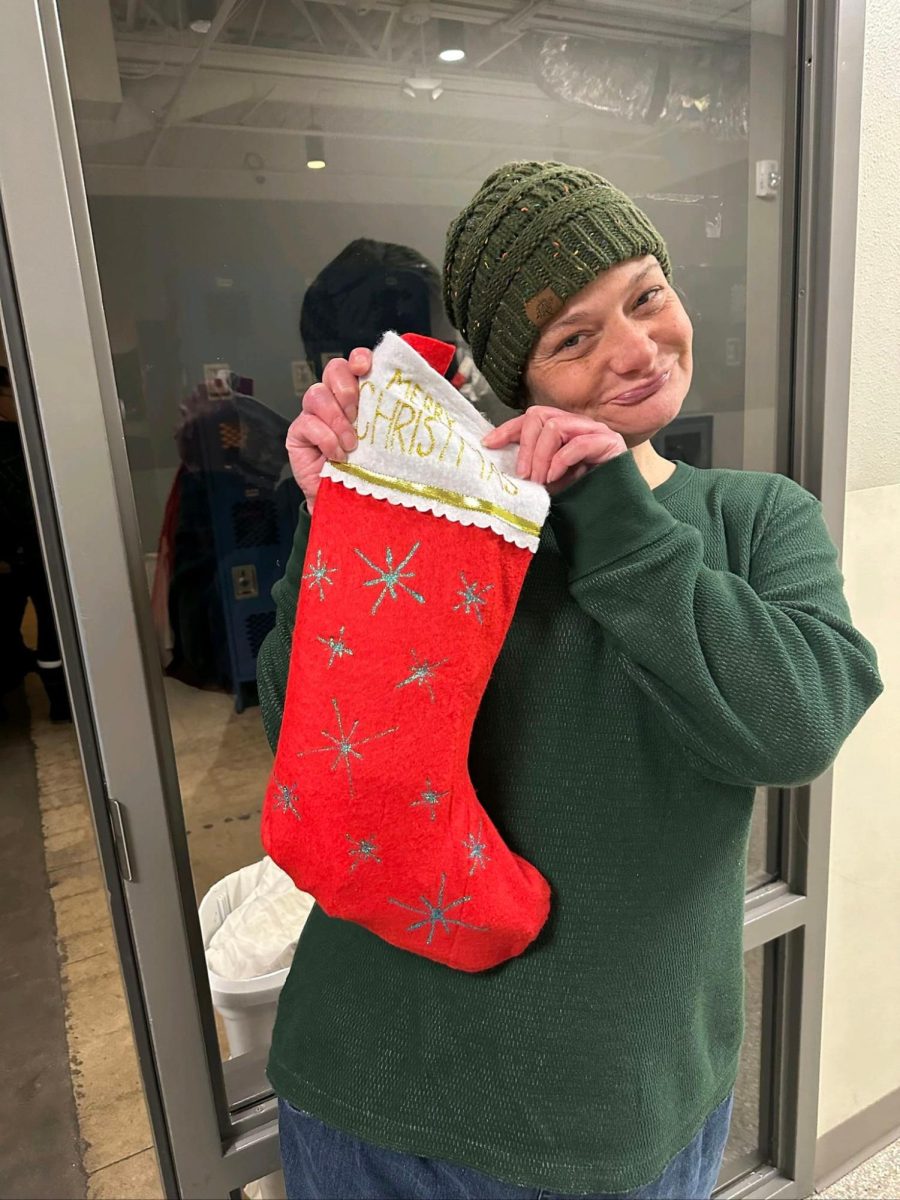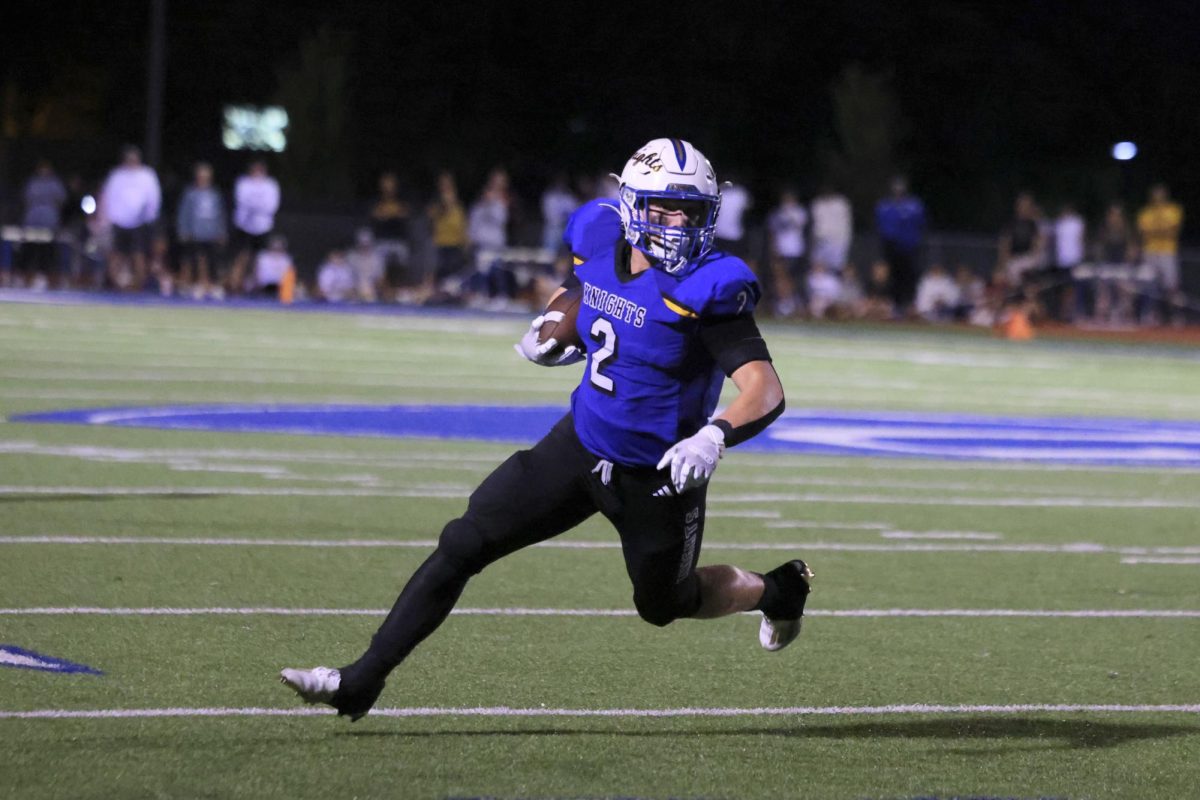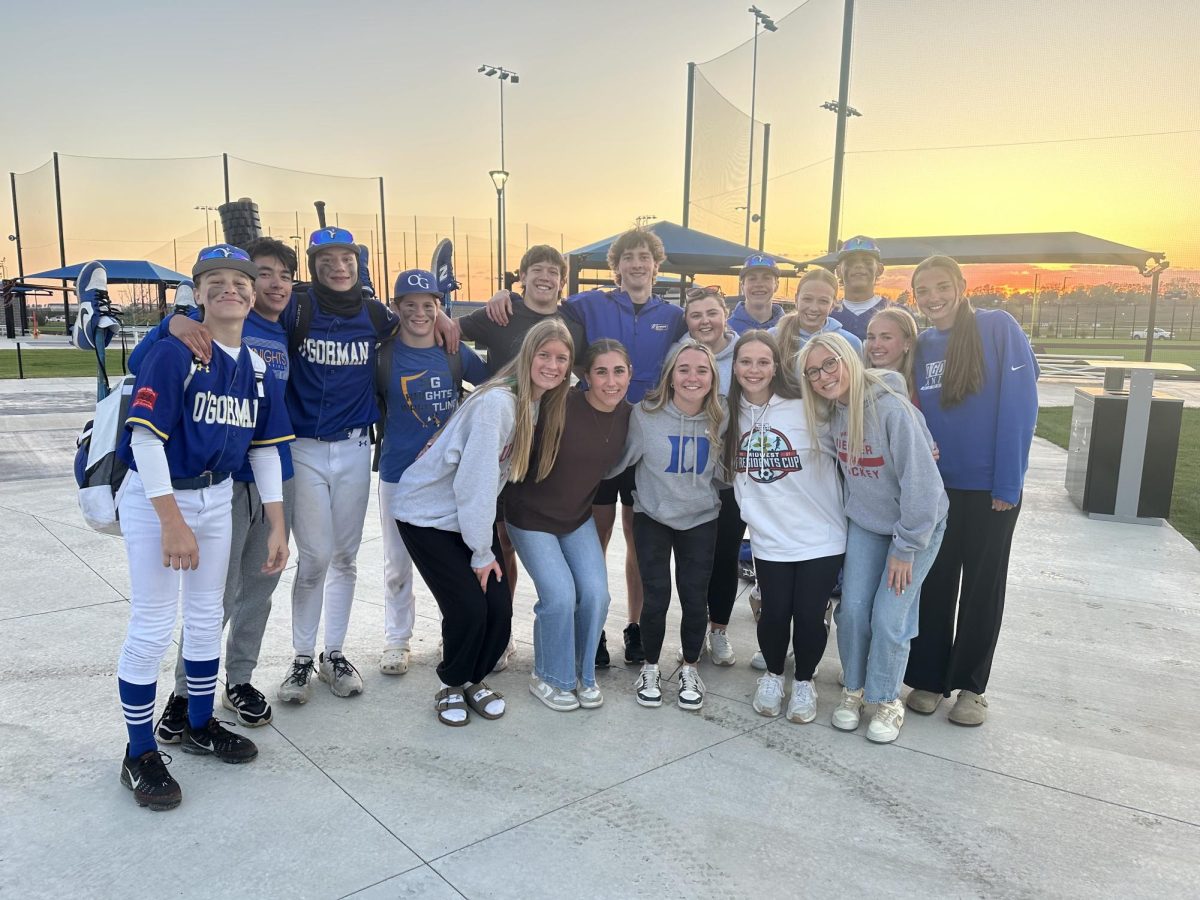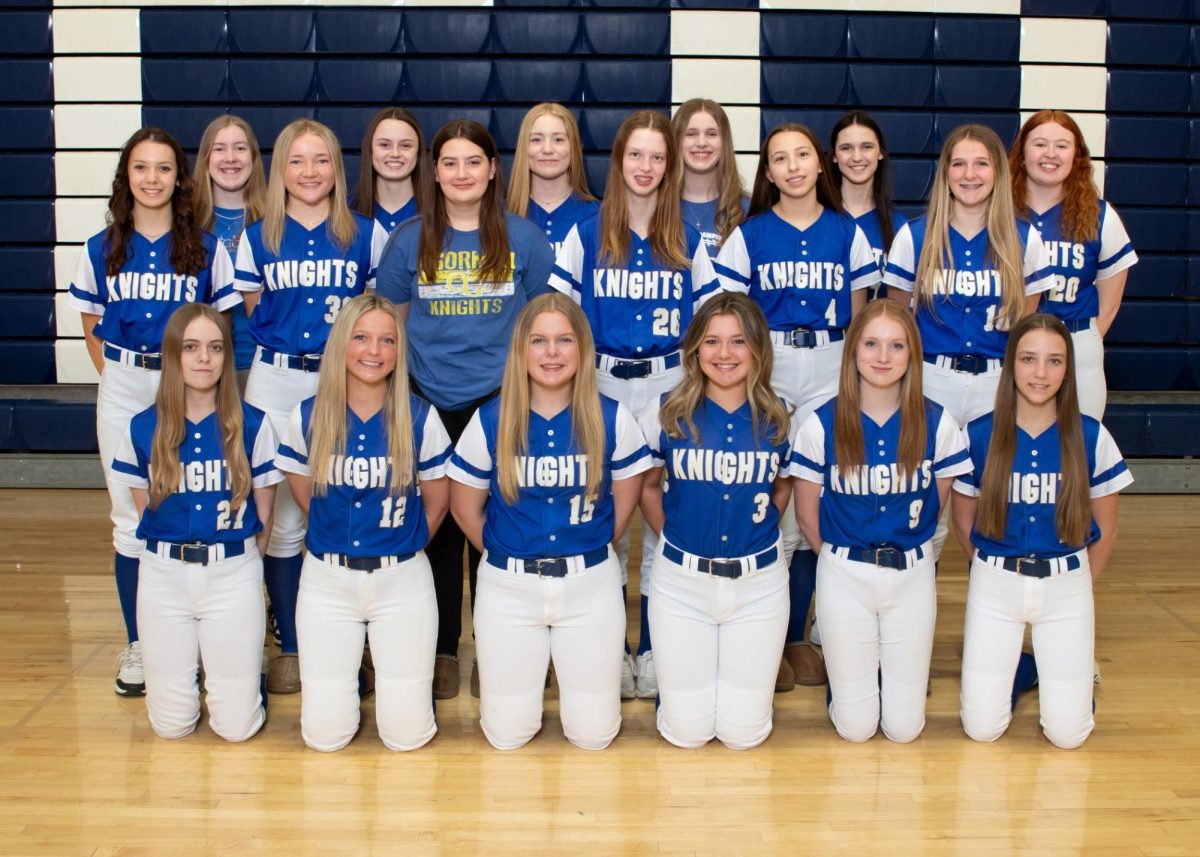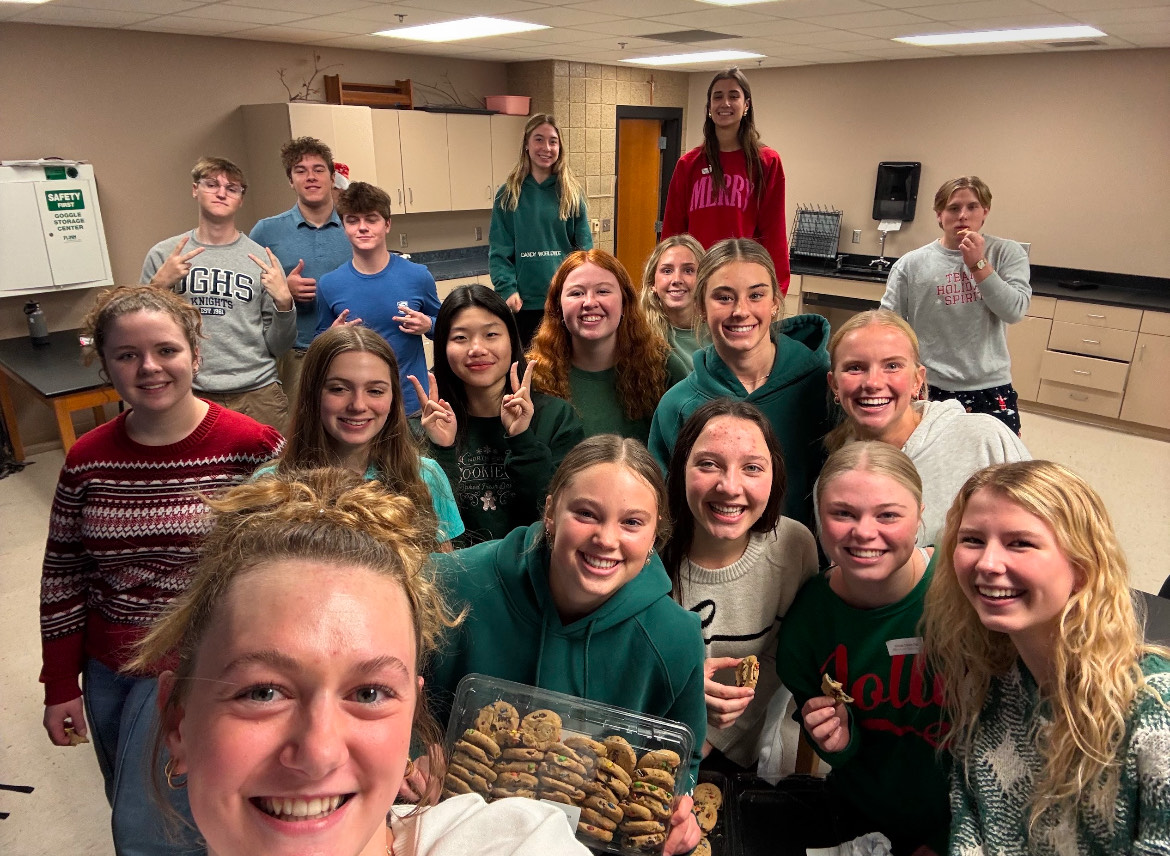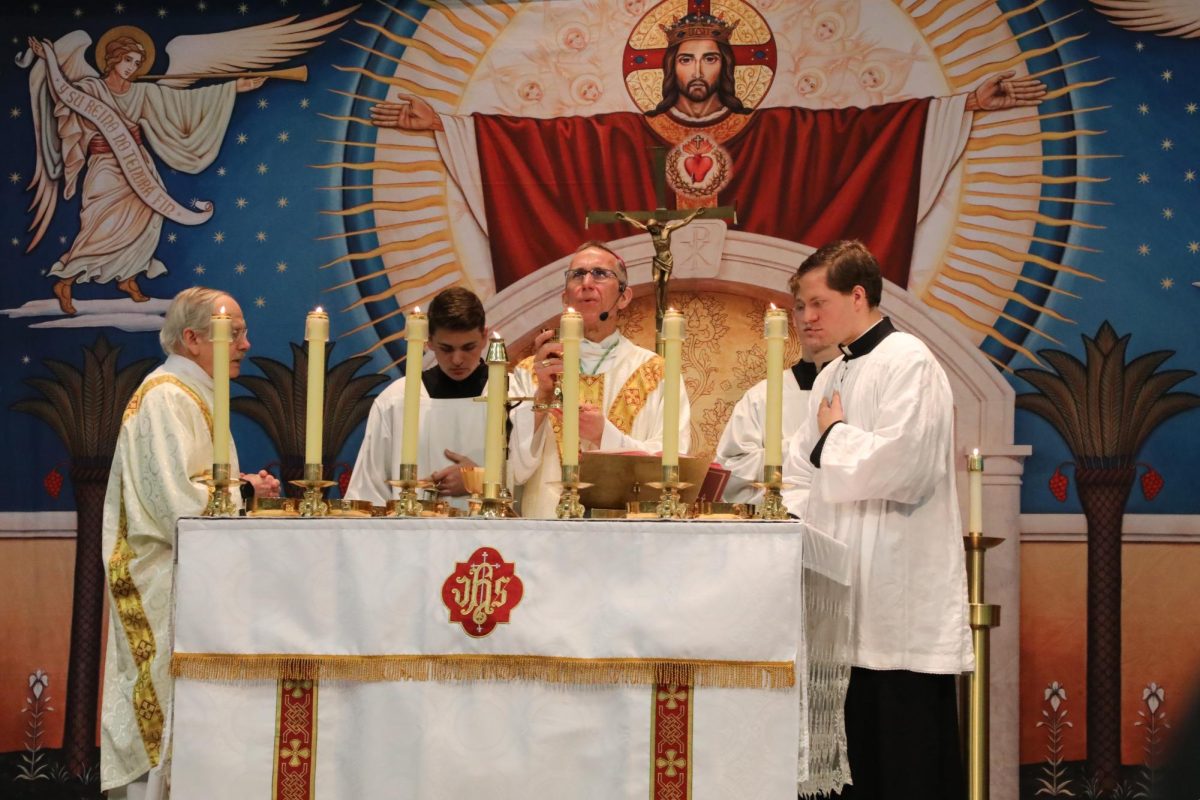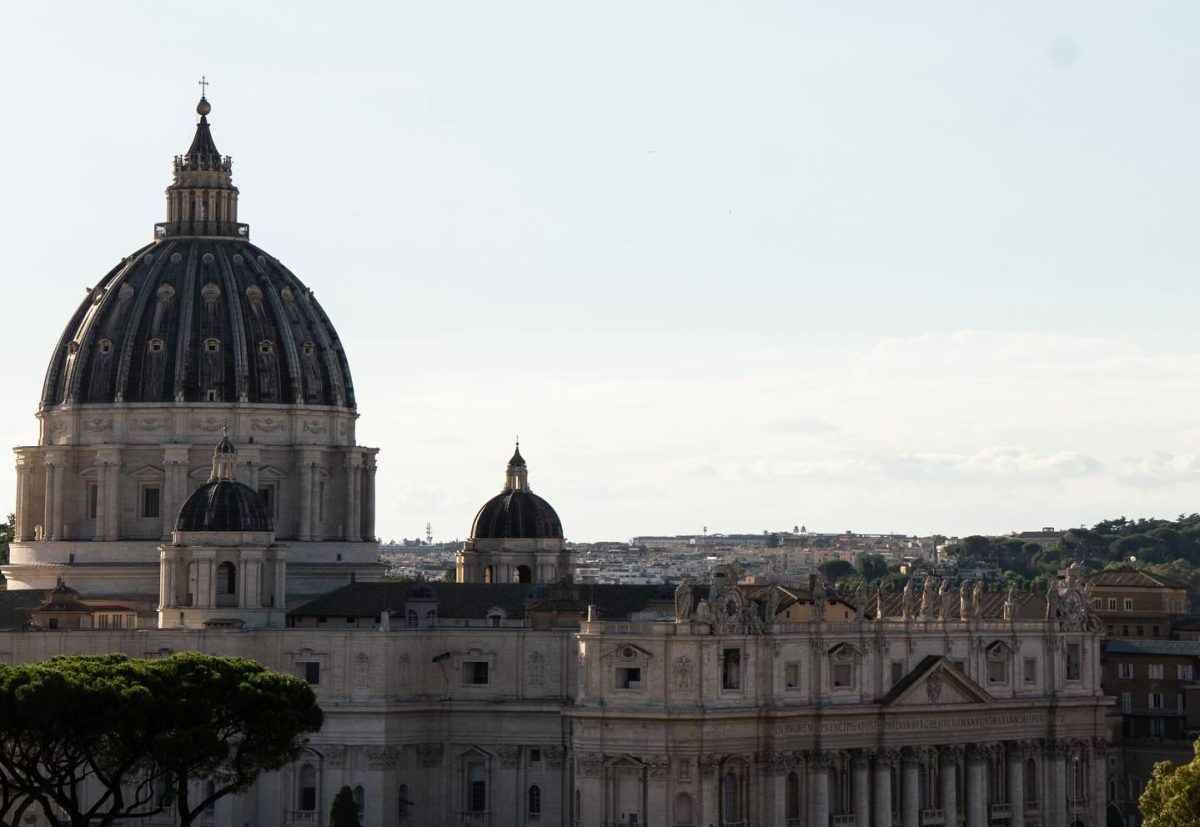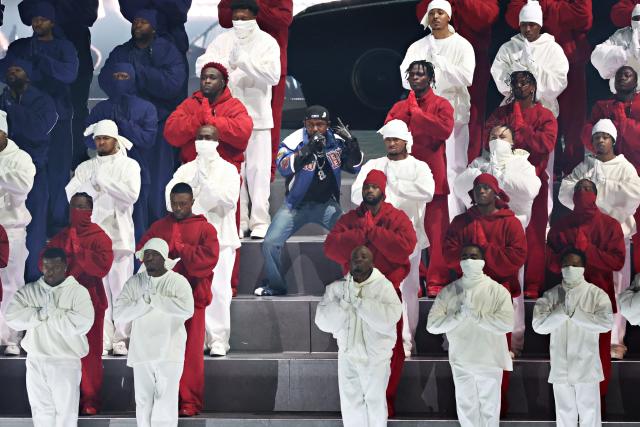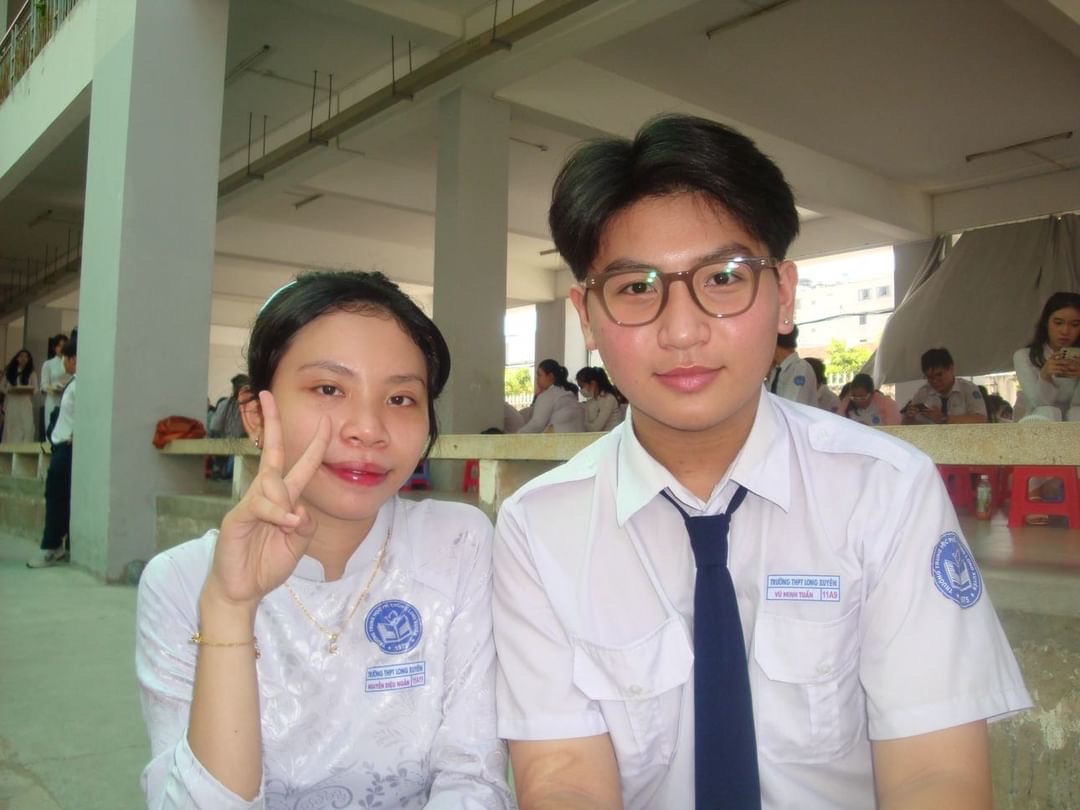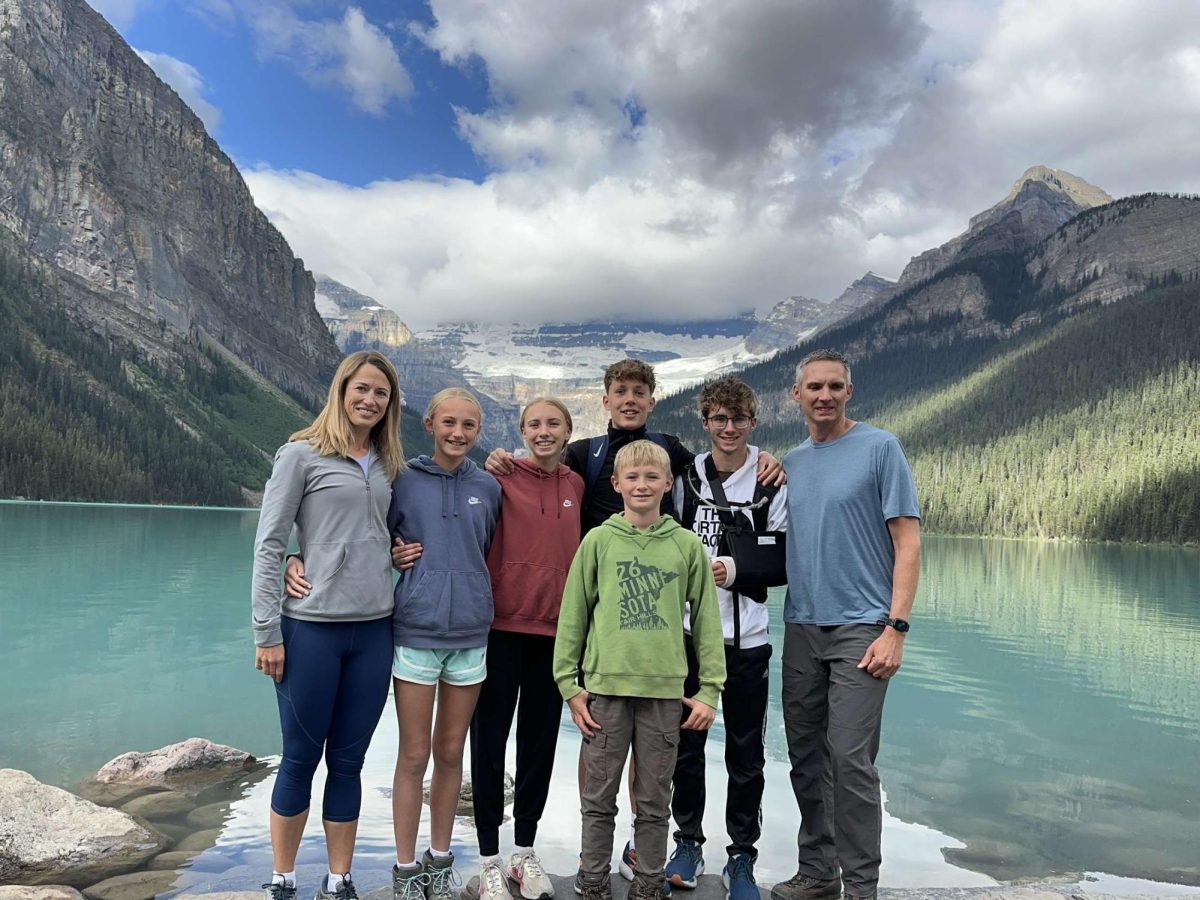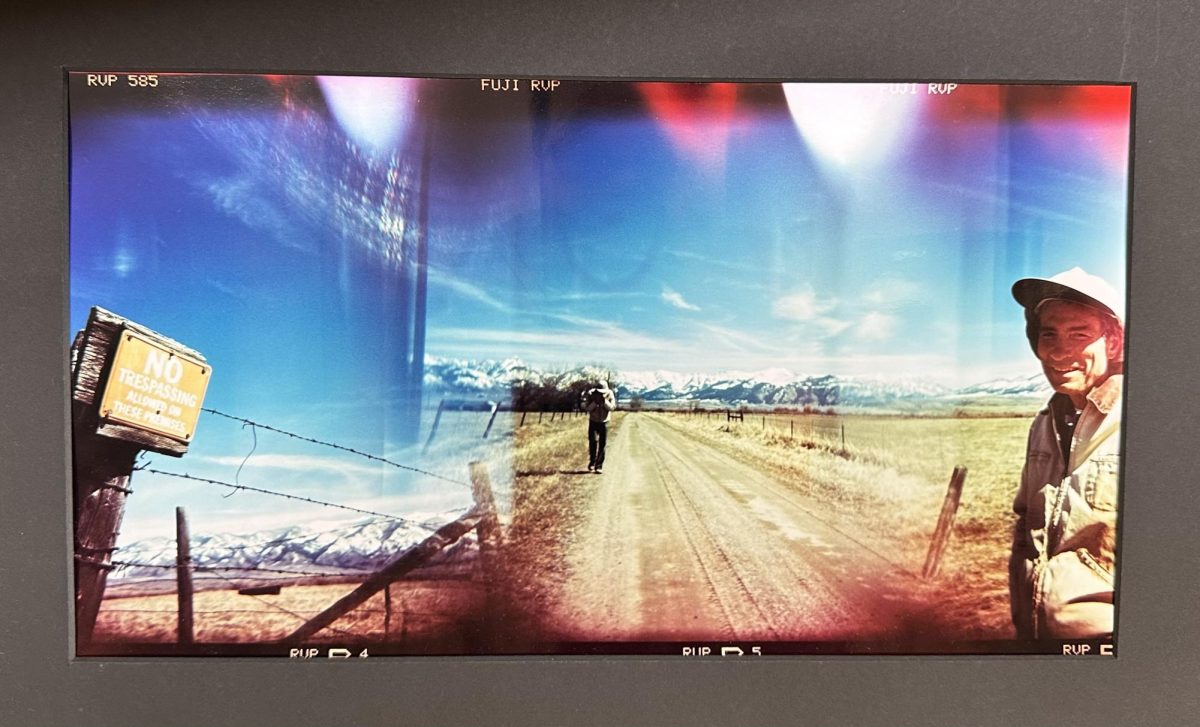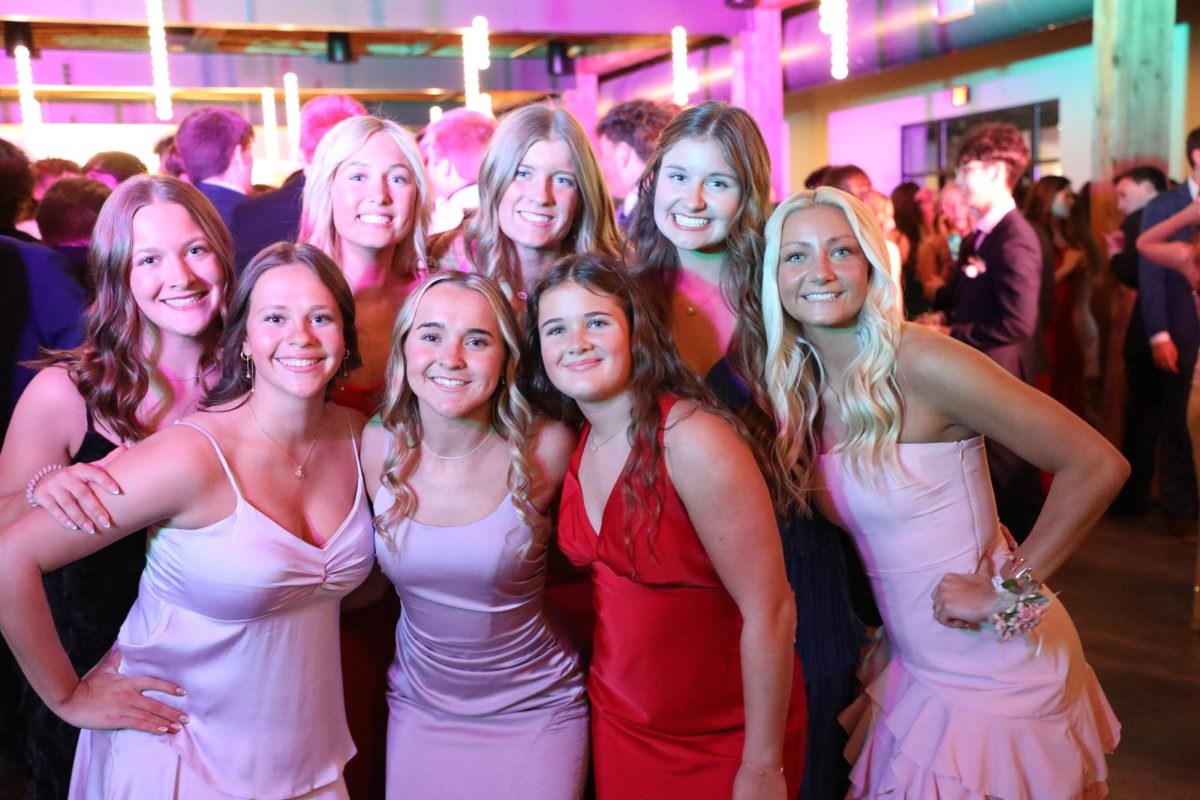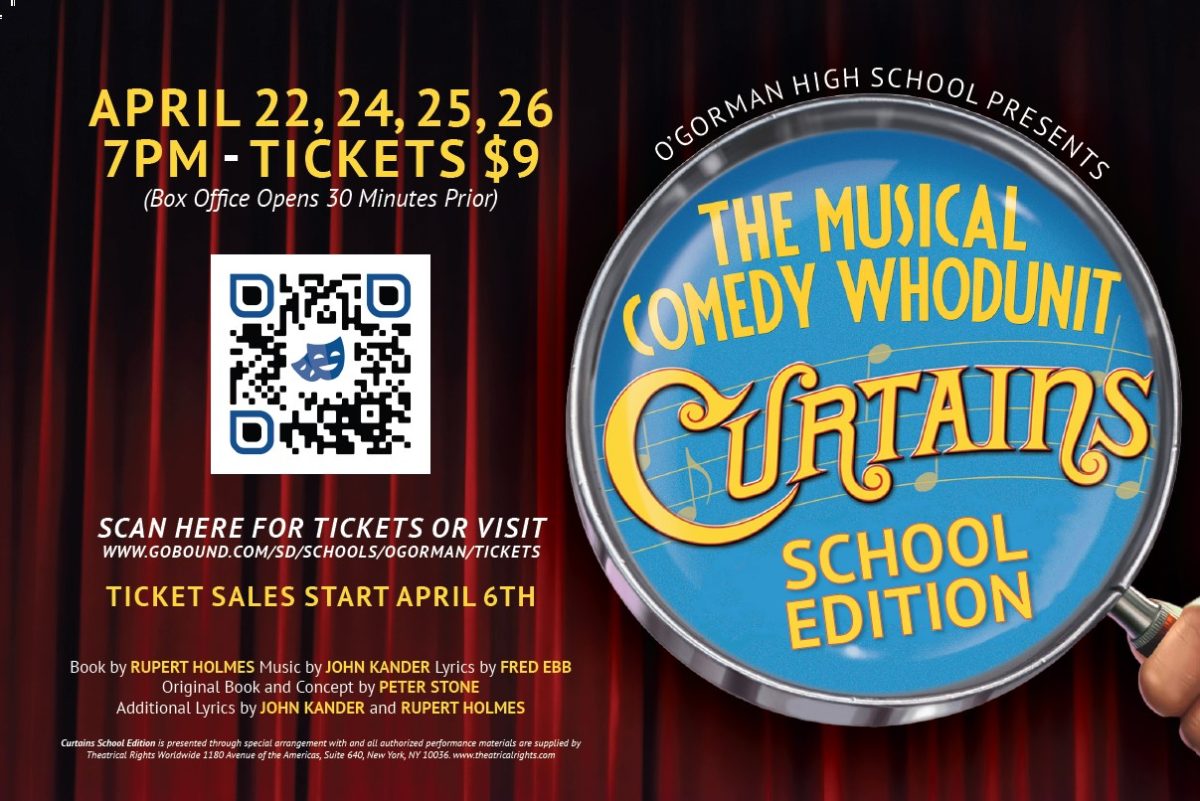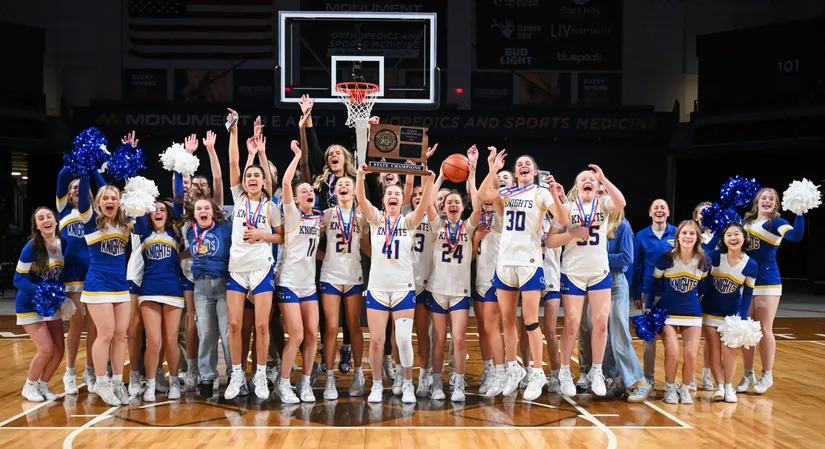At O’Gorman High School, there is a diverse array of talents, and the display case upstairs showcases the school’s rich artistic capabilities. Students at O’Gorman not only surround themselves with skilled peers but also benefit from the guidance of talented mentors and teachers. One such example is Mr. Frankman, O’Gorman’s photography and pottery teacher.
Frankman has had a passion for photography since he was 7 when he received his first camera. He and his brother were given cameras to use for a cross-country trip to California. Frankman was further inspired by his father, who took numerous photographs with his 35mm manual camera. Eventually, Frankman bought his own 35mm manual camera in high school and used it to take countless photos of his own.
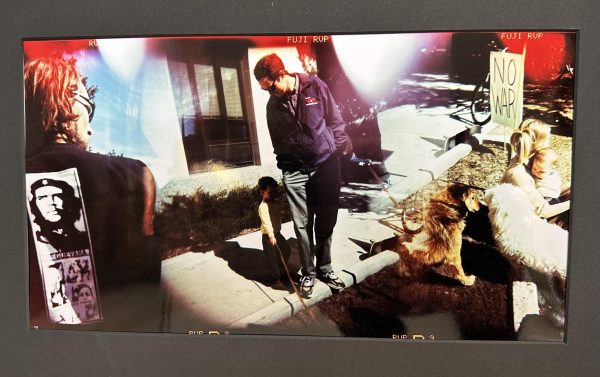
Frankman attended Montana State University, where he received a BA in Photography. While at Montana State, he was able to delve deeply into many aspects of photography in great depth, such as developing black-and-white and color photography, experimental and alternative processes, and studio lighting. During his junior year, he was awarded a scholarship based on his impressive portfolio, being the sole recipient. Frankman also achieved notable success the year he graduated, placing highly in an international competition and having his work published.
After college, Frankman moved to Denver and worked as a photographer for a travel advertising company. A few years later, he moved back to South Dakota, working at Harold’s Photo and running his own freelance photography business for the next 10 years.
The work of Mr. Frankman in the display case upstairs is part of a larger project titled “Holgamerica.” The name “Holgamerica” is derived from two aspects shared by photos in the collection. The Holga camera is a plastic toy camera with light leaks and basic controls. When taking pictures for this collection, Frankman “removed the framing device inside of the camera, so that it didn’t just take “one” photo, it actually made an entire roll of film exposed on top of each other as [he] advanced the film. The concept behind the project was to show “film on the brain”‘. The second half of the title is derived from the fact that Frankman had taken these pictures while traveling across the country with his wife for their summer jobs in college. Frankman intended to make this collection “to show what that many miles look like as they passed by [him and his wife] constantly.” All the images were cross-processed to give them bright, surreal colors. Then, the photos were printed on metallic paper by hand. Each picture in the collection is composed of not one but three overlapping moments.
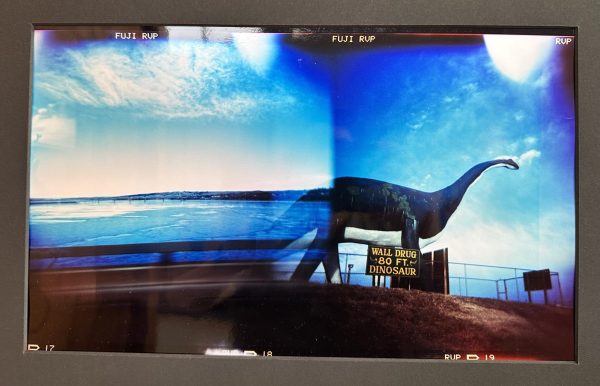
In today’s digital age, it is easy to overlook the art of photography. Due to his extensive photography background and experience in printmaking, Mr. Frankman seeks to emphasize the value of printed photography and the craft itself to his students. In his Digital Photography class, he encourages students to approach their projects from both an artist’s and a professional photographer’s perspective. He believes that even as traditional darkrooms become less common, photographers can still create personal and self-expressive works. By utilizing Photoshop, adjusting shutter speeds, shooting at night, making digital negatives, or employing various printing methods and papers, photographers can produce extraordinary images. Frankman firmly asserts that “no matter what camera or device is used to capture or edit an image, all images have value. Capturing a moment in time, whether surreal or real, is what photography is all about.” Through his teaching, Frankman hopes students will take this valuable lesson away with them.
